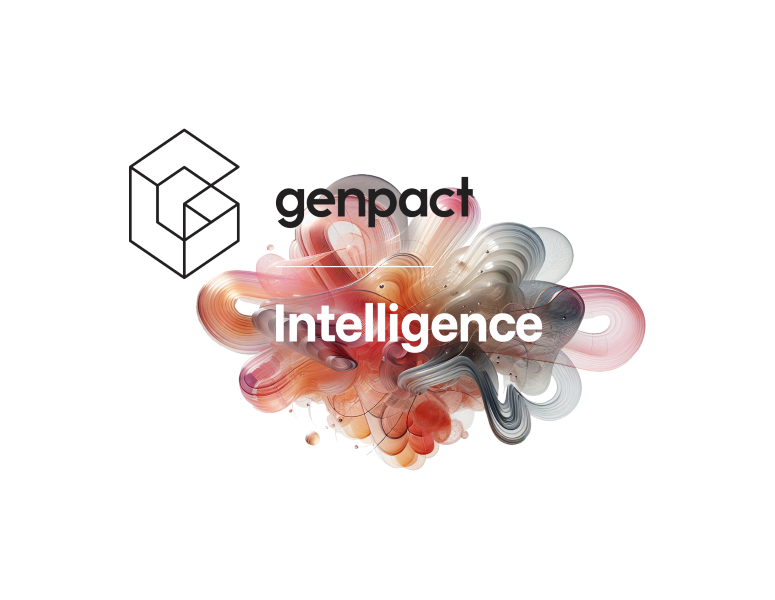Meet the industry-leading companies we partner with to scale the impact we generate for clients.
As enterprises navigate the transformative wave of generative AI (gen AI) and agentic AI, global capability centers (GCCs) are emerging as pivotal players in turning vision into action. Industry insights show that GCCs have expanded their scope beyond traditional functions to build capabilities in areas such as marketing, legal, ESG, advanced analytics, and data science. Most are actively experimenting with next generation technologies like machine learning, generative AI, agentic AI, and advanced data analytics.
This shift reflects a broader ambition. “The services landscape is shifting,” Harpreet Duggal, Senior Advisor at Genpact, said at MachineCon GCC 2025 in Goa. “GCCs are moving beyond being cost arbitrage centers to becoming value creators through the integration of tech, domain and process.”
Duggal explained that while traditionally, business process services focus on FTE metrics, the industry is moving towards outcomes and solutions, with the next stage involving agentic, platform-led services.
“With our heritage as a GCC pioneer that brings together decades of deep domain expertise and advanced technology capabilities, Genpact strives to be at the forefront of AI and agentic-AI-led change,” Duggal said.
Bridging the gap between vision and execution
In his talk, Duggal highlighted that despite these ambitions, many GCCs face a gap between vision and reality. The long-term goal is to transform these centers into service innovation hubs and engines of transformation, but several challenges persist.
These barriers include outdated organizational structures, unsustainable investment models, lack of scale, limited access to high-quality AI and data talent, and weak enterprise orchestration. These challenges often prevent GCCs from delivering on their full strategic potential.
To overcome these headwinds, Duggal explained that Genpact offers four key support areas.
The first is innovation enablement, which helps GCCs adopt emerging technologies and redesign workflows.
The second is governance and risk management, which includes compliance consulting and talent acquisition support.
The third is value realization, which drives cost savings while unlocking enterprise value.
Lastly, digital transformation support is essential for developing technology roadmaps and managing change.
As GCCs expand, they increasingly look to external partners to accelerate growth. Duggal outlined eight factors that GCCs consider when evaluating service providers, including global presence, deep domain expertise, cost-effectiveness, scalability, pricing flexibility, robust compliance, technological innovation, and cultural alignment.
Talent, tech, and the right partners
Duggal emphasized the growing importance of investing in highly skilled professionals who can solve real-world business problems as the demand for core AI talent rises.
“Core talent is tough to find. They are limited in number. And they’re expensive. Once you get the talent, can you retain it? Can you make it exciting for them?” he asked.
To support this shift, Genpact has built platforms like the AI Gigafactory, which brings together AI value mapping, rapid experimentation, and proprietary frameworks into a single environment. This allows teams to move quickly from concept to execution while maintaining scalability.
Duggal also emphasized the critical role of partnerships with technology leaders, such as Snowflake and ServiceNow, in accelerating time-to-value and scaling innovation. Genpact is also developing a Service-as-Agentic-Solutions portfolio that aims to assist enterprises in pairing goal-oriented AI agents with human expertise to facilitate autonomous delivery.
Duggal explained that their Genpact AP Suite has facilitated as much as 80% touchless processing and has automatically addressed up to 90% of supplier queries, thereby enabling enterprises to accelerate and expand their accounts payable functions.
Emerging engagement models
As the future of work becomes increasingly agile, traditional outsourcing models are being replaced by more flexible approaches. Duggal highlighted several emerging models shaping this transformation.
The BOTT (Build, Operate, Transform, Transfer) model enables service providers to build capabilities for an enterprise and eventually transfer ownership back to the organization. Virtual or assisted captive models involve shared operational responsibility, allowing for greater flexibility and control.
A more advanced approach is agentic inter-sourcing, which leverages ready-made solutions—such as Genpact’s Agentic AP Suite and AI Gigafactory—to provide scalable, on-demand technology and capacity. Overall, Genpact’s vision for GCCs indicates a clear shift from cost-centric back-office functions to innovation-led value creation.
This article was originally published in the Analytics India Magazine.




